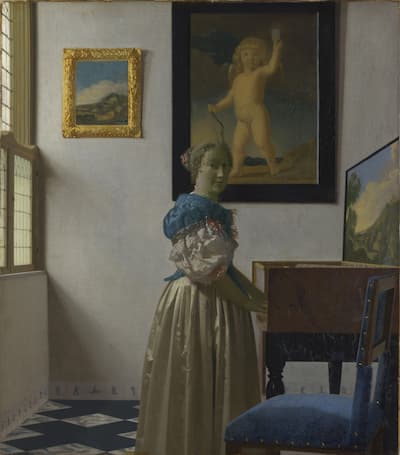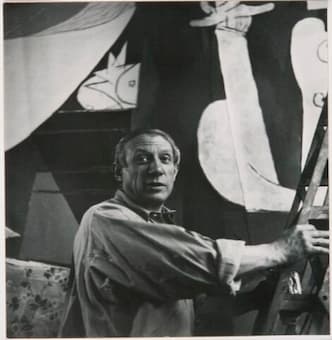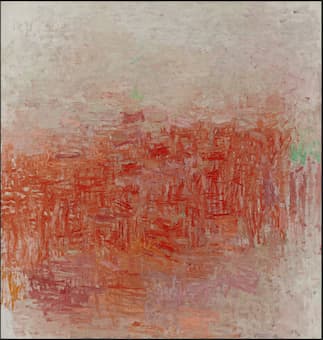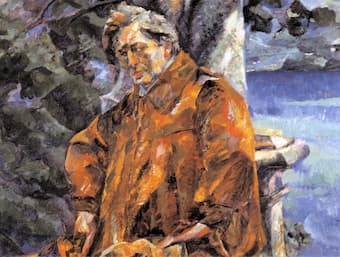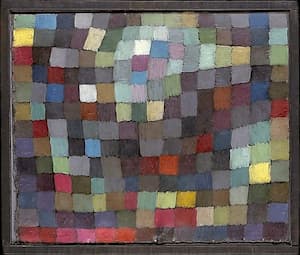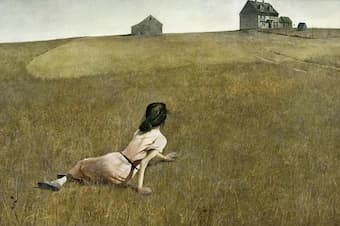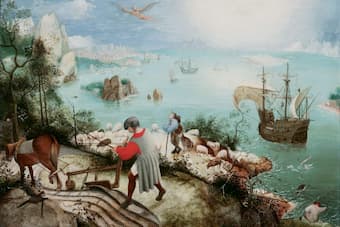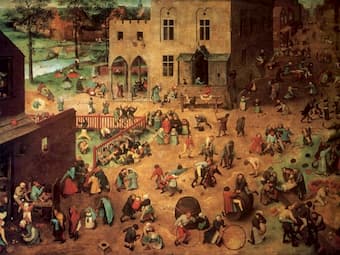Silence and sound – we see this in the paintings of Vermeer and hear it in the Vermeer composition by Gary Carpenter. He was intrigued by an entry listing Vermeer’s works where in 1711, an inventory of the property of
Painting
The German composer Walter Steffens has made a life’s work about being inspired by art. Over 100 of his compositions have artists’ works as their inspiration. Works by a wide range of artists including Picasso, Hieronymus Bosch, Edvard Munch, Bernard
The art of Philip Guston (1913-1980) remains controversial even 30 years after his death. A founder of the New York School, this abstract-expressionist was not afraid of putting his beliefs on canvas. One of his early 20th century works, The
When we look at artists and their friends, sometimes its because, in each of their realms, the artist and the composer may have similar stylistic thoughts. In other cases, however, the works of the two artists may be completely opposite.
In my article When the Ear Meets the Eye, I mentioned how music and visual arts have collaborated throughout the years, and particularly how composers have taken inspiration in works of visual art to create their own musical works. I
It’s one of the most dramatic of American paintings. On a large grassy field, a woman sits on the ground, turned with her back to the viewer, facing a rolling hill. Her body is twisted, her left hand in front
Flailing and falling, so Icarus descends from the skies, having melted his wings in the heat of the sun. In this landscape, we see life going on and then, in the bottom right corner of the work, the legs of
Pieter Bruegel’s enormous painting Children’s Games is 118 x 161cm (46” x 63”) and throws us into the middle of a complicated street scene. Over 200 children play over 80 different games and we approach it with our modern eyes

